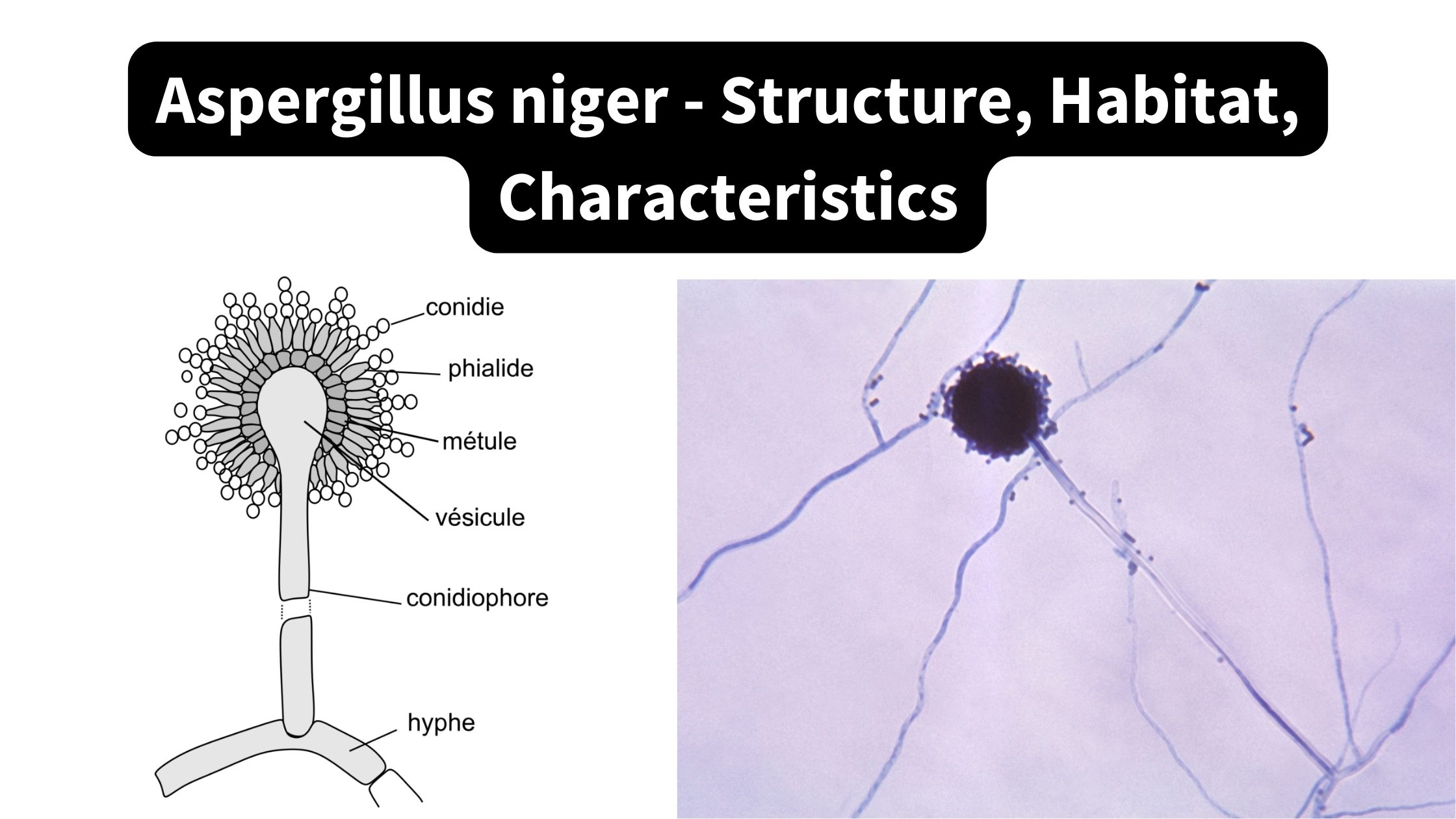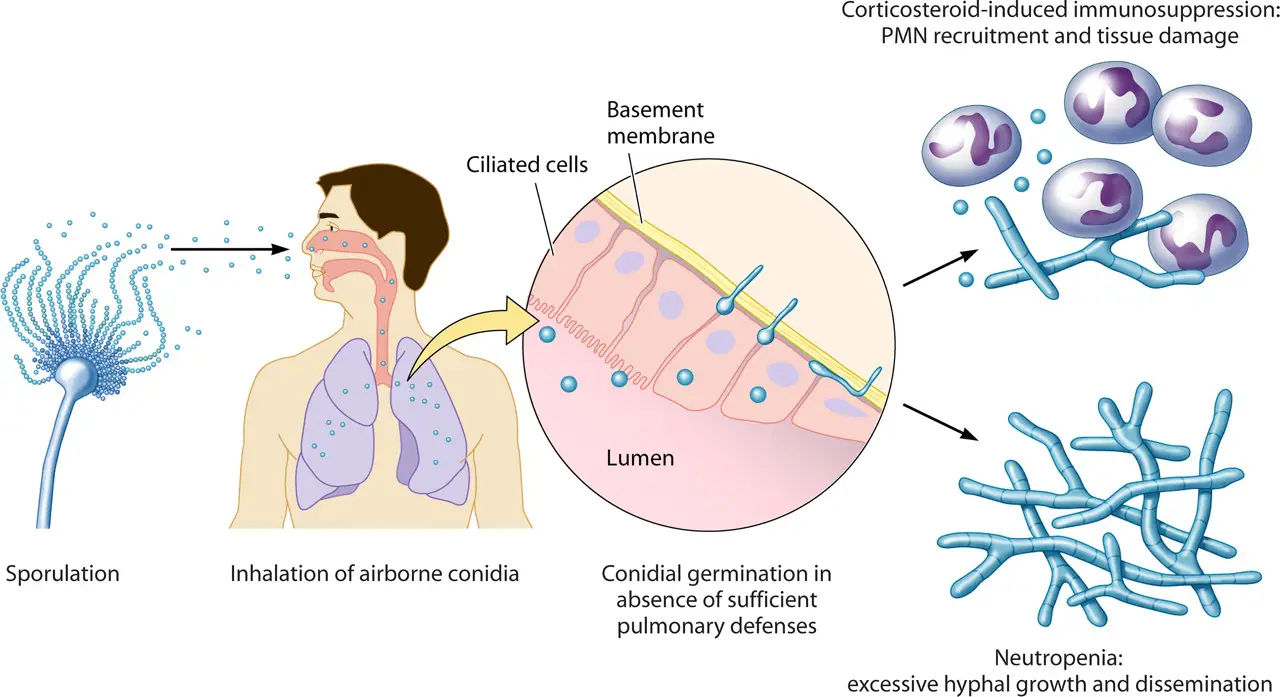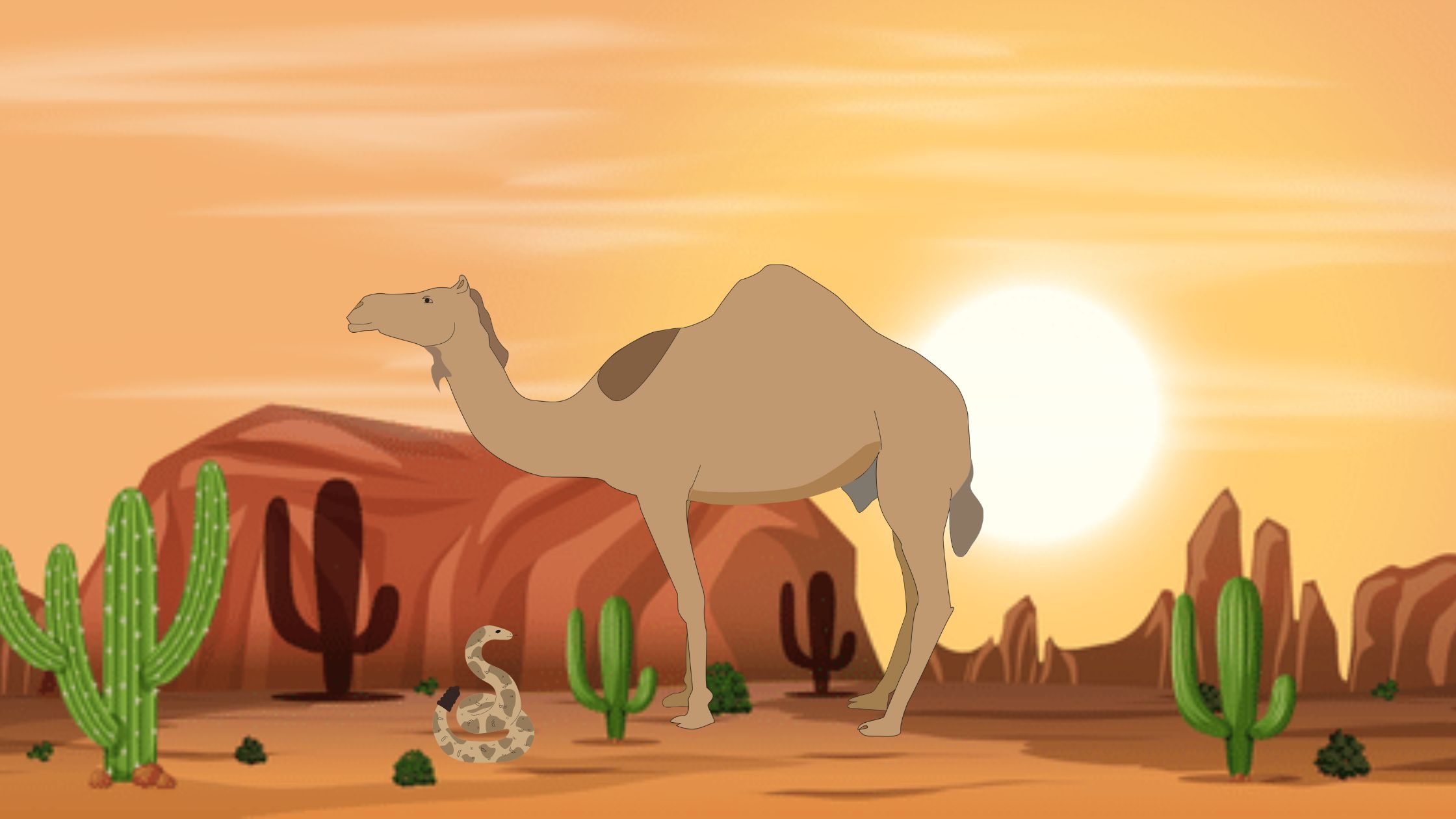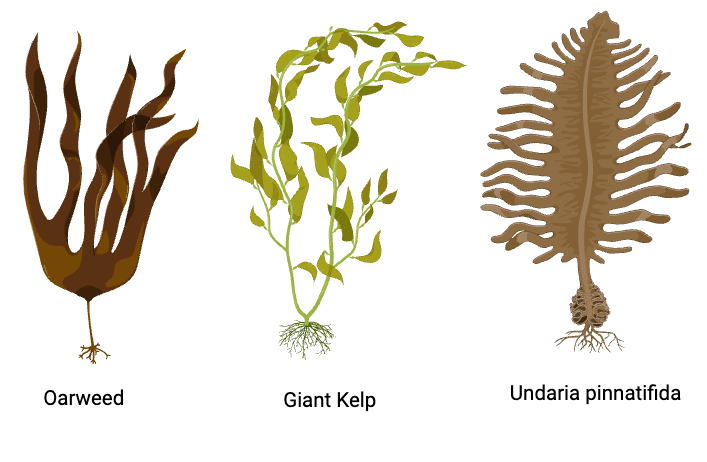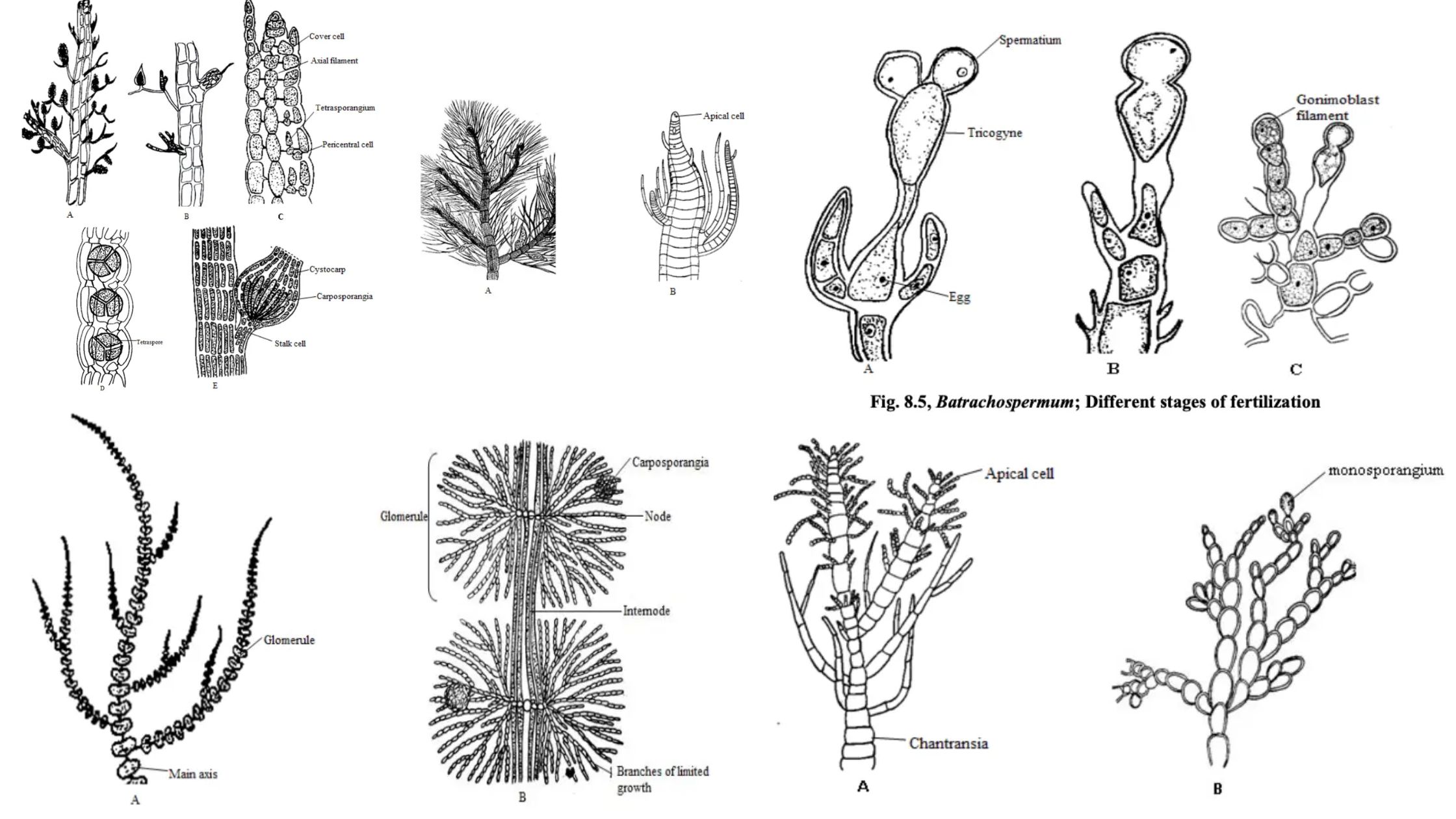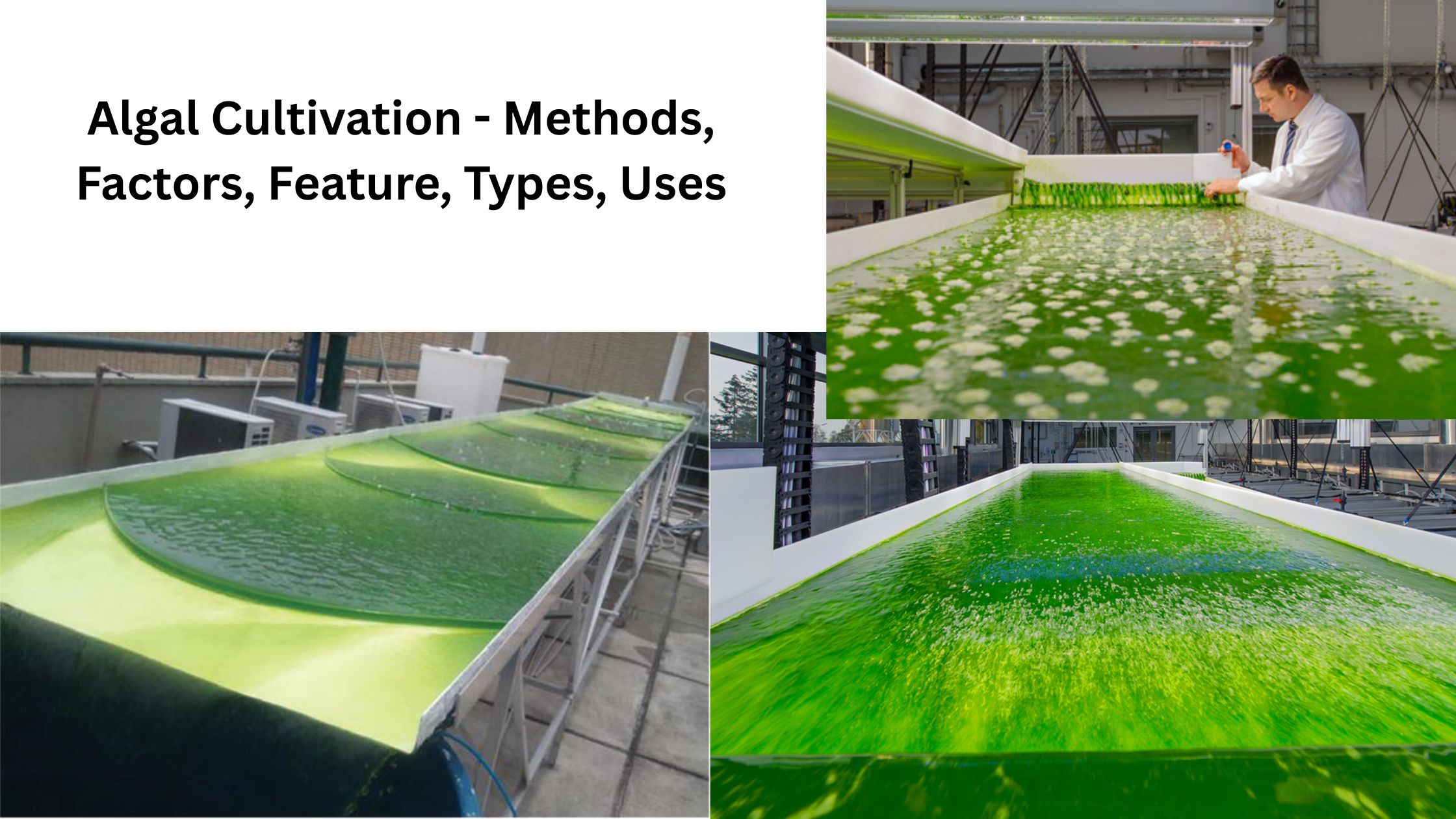Aspergillus niger – Structure, Habitat, Characteristics
Kingdom: Fungi Division: Ascomycota Class: Eurotiomycetes Order: Eurotiales Family: Trichocomaceae Genus: Aspergillus Species: A. niger Aspergillus niger is considered one of the most common species of the genus Aspergillus, which has been widely distributed in soil, decaying vegetation, and indoor environments. It is usually recognized as a black mold, and colonies are often appeared dark brown … Read more
